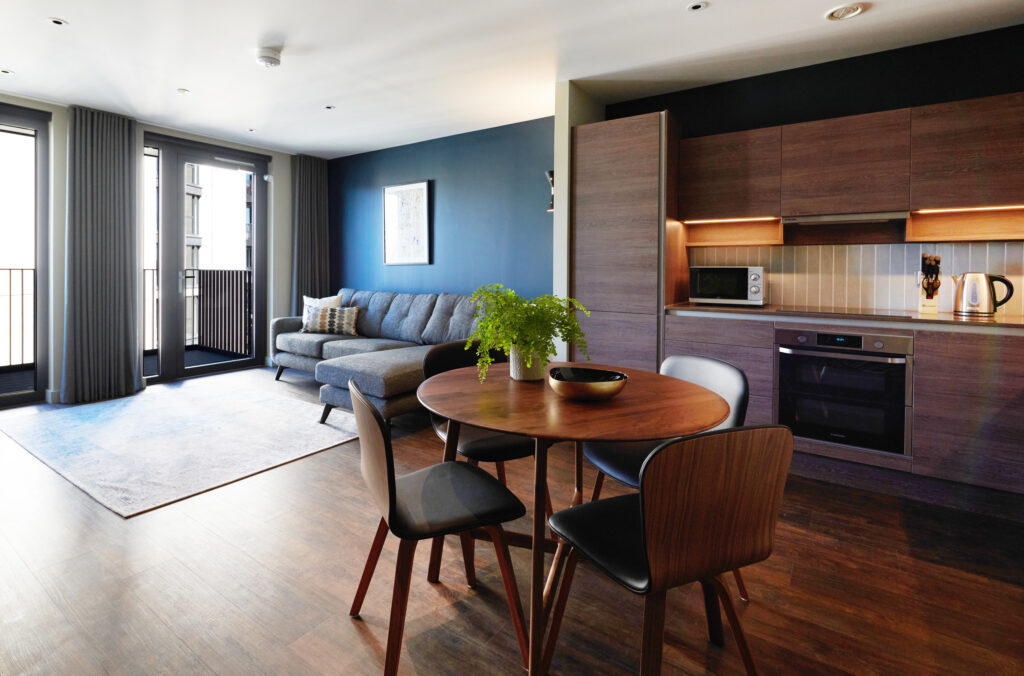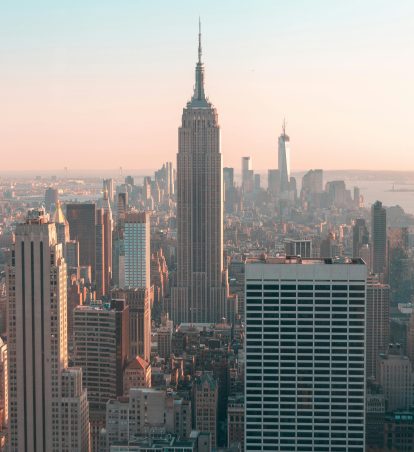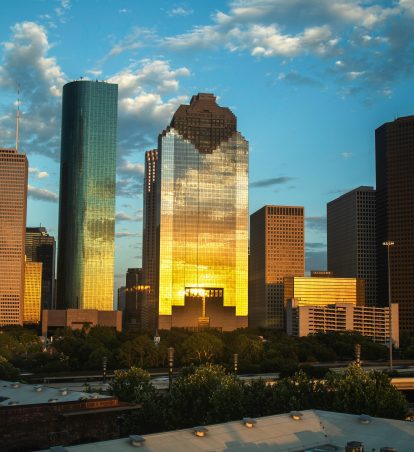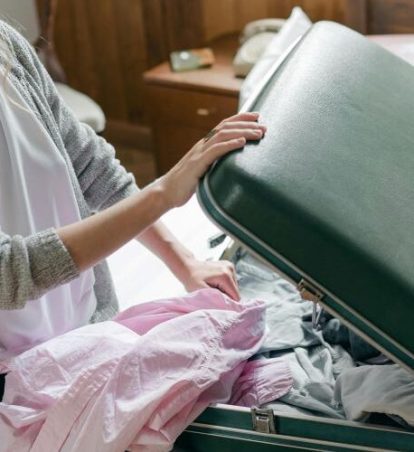How to Prepare for a Temporary Relocation for Work

You’ve probably heard of the book What to Expect When You’re Expecting, but as it turns out, there’s no book called What to Expect When You’re Temporarily Relocating for Work. But fear not, because you don’t need a book to help prepare yourself for a temporary relocation for work.
Chances are your employer is accommodating the move by providing you with temporary housing and other relocation assistance. That said, there are a few things you should know and do to get ready for the big (but temporary) move. Here are our tips on how to prepare for a temporary relocation for work.
Secure the best relocation package for your needs
When employers relocate employees – whether it’s for a brand new job, or a long-term assignment – they will typically provide a relocation package to the employee. A relocation package lays out all the ways in which the employer will be supporting the move, such as providing temporary housing and covering moving-related expenses.
Some employers work with an intermediary, such as a relocation management company or a corporate travel manager, who handles the relocation. Whoever facilitates the move, it’s important for you, as the beneficiary of these services, to understand your relocation package and ensure it meets your needs. Make sure you’re happy with things like the housing you’ll be living in, where it’s located, transportation considerations, logistics, etc. Relocation packages are negotiable, so make them create an offer you can’t refuse!

Get to know your temporary housing

When it comes to accommodations during a short-term relocation for work, a hotel just won’t cut it. If your employer is smart, they’ll place you in temporary furnished housing. This type of housing is ideal for relocations, as it’s short-term and not permanent, but much more suited for an extended stay than a hotel room. It’s fully furnished and equipped with everything you need to live comfortably and stay productive. Temporary housing also has a degree of standardization and quality control, so you can have a good sense of what to expect.
At the same time, it’s a good idea to learn as much as you can about your short-term housing before the move. Find out exactly what’s included – for instance, will it have everything you need to work from home? To cook your favorite meals? Can you bring your pet along? Find out also where the house or apartment is located, what’s nearby, if the building offers amenities, the parking situation, etc. The more you can get to know your temporary housing ahead of time, the more you can prepare for a comfortable stay.
Tie up loose ends at home

If your relocation isn’t permanent, you’ll need to put some things in your regular life at home on pause for while you’re away. A good place to start is by taking a look at your routines and monthly expenses. Are there things you need to pause, cancel, or transfer to your new city? This may include:
- Gym membership
- Monthly subscriptions
- Utilities
- Mail (temporary change of address and mail forwarding with USPS)
- Medical appointments
- Housekeeping
- Pet services
In today’s telecommuting world, you’d be amazed by what you can still take care of while away from home. For example, if you usually visit your doctor in person, see if they offer telehealth appointments. Of course, you may also want to have a friend, family member, or housesitter check in on your home, keeping it safe and sound – and watering your precious plants, of course.
Learn about your new city and make connections
One of the best parts of a temporary relocation for work is getting to experience a new city. Even if you’ve been there before, you get to live there like a local for an extended period of time. Rather than simply showing up and hoping for the best, learn about the locale and all it has to offer. You’ll want to make some connections, too, as relocating for work can be a lonely, isolating experience.
Research the neighborhood you’ll be living in, and maybe even join its Nextdoor community. See if the city or neighborhood has a subreddit or Facebook Group. Find out if any of your colleagues will also be relocating to the same city, and ask your network if they know anyone who lives there. Make a list of things to see and do during your time there. This will not only help you prepare for your temporary move, but get you excited about it too!

Relocating temporarily for work is a rewarding experience, but it also comes with its challenges. By understanding the terms of your relocation and your housing, taking care of things at home, and learning about your new location, you can make the transition smoother and more enjoyable. Temporary furnished housing is a vital part of the short-term relocation journey, and Synergy Global Housing is ready to serve your needs in the world’s most desirable locations and provide a new sense of home.















